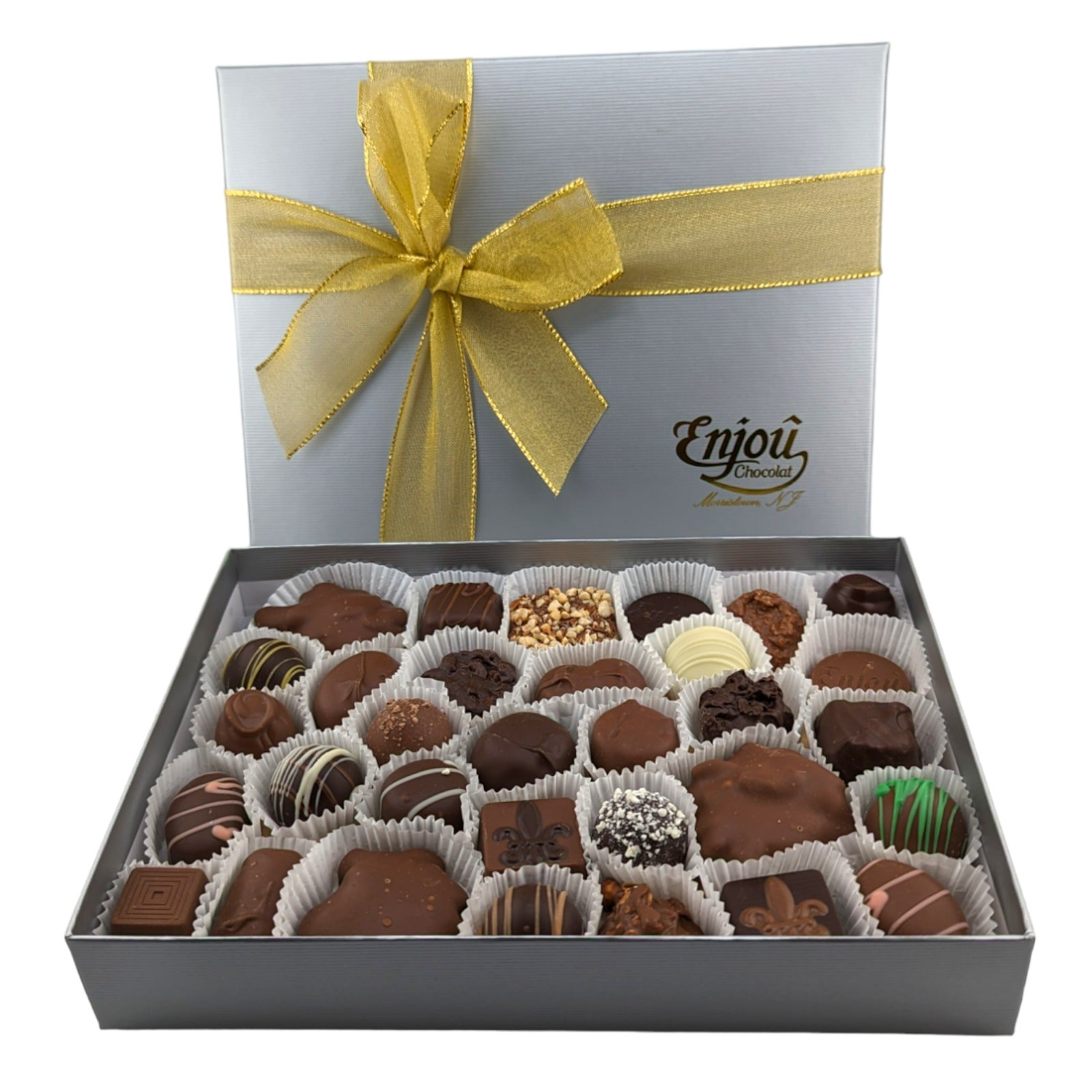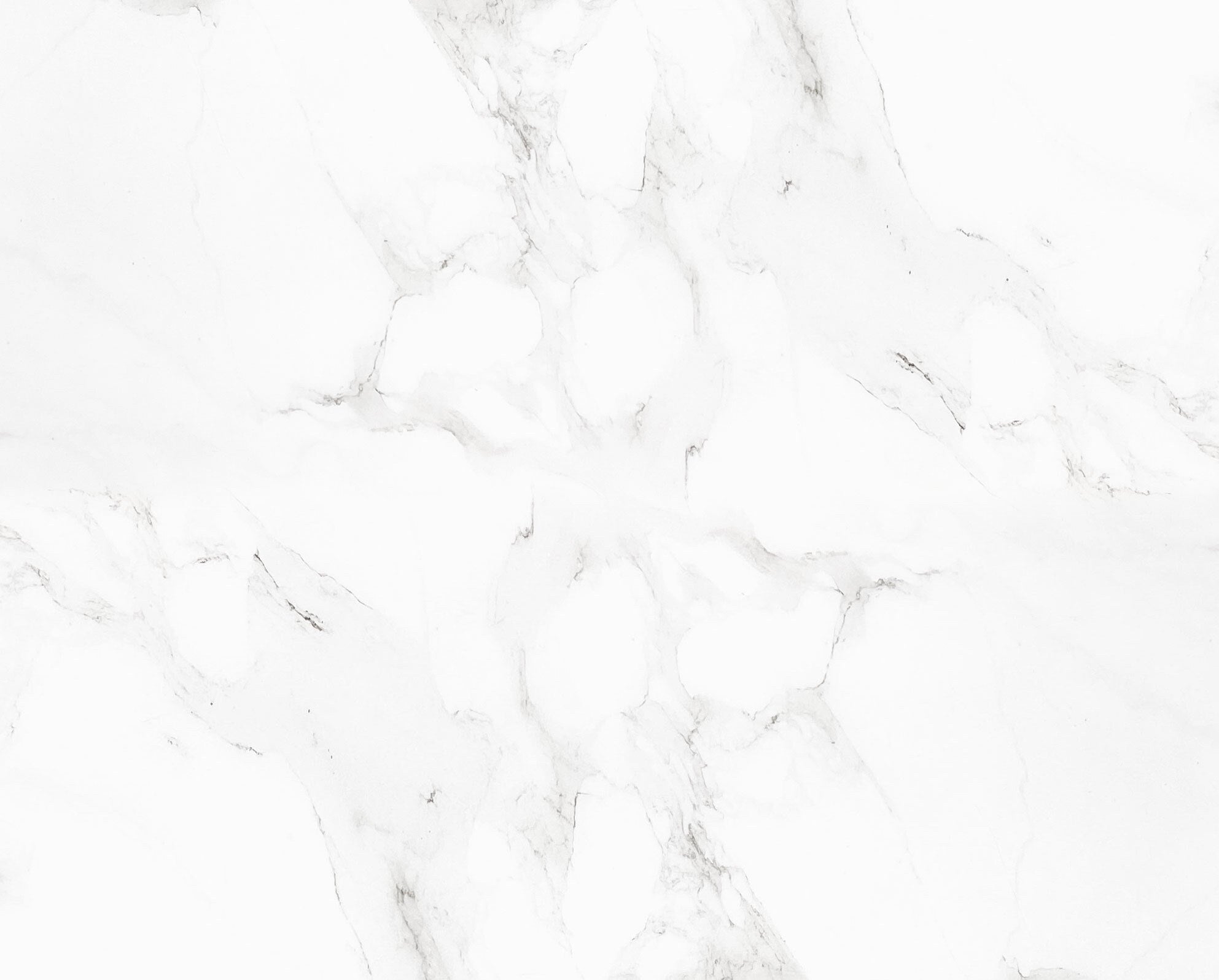How is chocolate made?
Making chocolate is a fascinating process that transforms cocoa beans into the delicious treat we all love. Here's an overview of the steps involved:
-
Harvesting: Cocoa beans are harvested from cacao trees, primarily found in tropical regions. The beans are extracted from the cocoa pods and separated from the surrounding pulp.

-
Fermentation: The beans are fermented for several days, typically in large wooden boxes. This process develops the beans' flavor and removes any remaining pulp.
-
Drying: After fermentation, the beans are spread out under the sun to dry. This can take a few days to a week. The dried beans are then cleaned and sorted.
-
Roasting: The dried beans are roasted at a specific temperature to enhance their flavor. The roasting time and temperature vary depending on the desired flavor profile.

-
Cracking and Winnowing: The roasted beans are cracked open to remove the outer shells, leaving behind the cocoa nibs. This process is called winnowing.

-
Grinding: The cocoa nibs are ground into a thick paste known as cocoa mass or chocolate liquor. This paste contains both cocoa solids and cocoa butter.

-
Refining: The chocolate liquor is further refined to achieve a smooth texture. This is done by passing it through a series of rollers or a conching machine, which grinds the particles even finer.
-
Tempering: The chocolate is tempered by carefully heating and cooling it to specific temperatures. This ensures that the cocoa butter crystals are properly formed, giving the chocolate a smooth, glossy finish and a satisfying snap when broken.

-
Molding and Cooling: The tempered chocolate is poured into molds and allowed to cool and solidify. Once hardened, the chocolate is removed from the molds and is ready for packaging and consumption.

We hope this helps you understand the journey the delicious Enjou Chocolat you eat, takes from plant to package. Please let us know if you have any questions!




